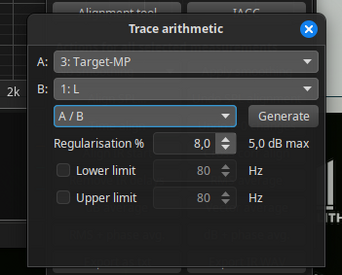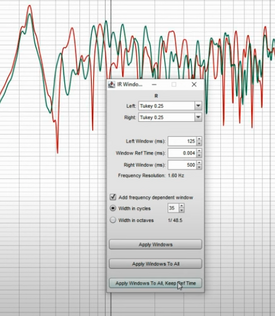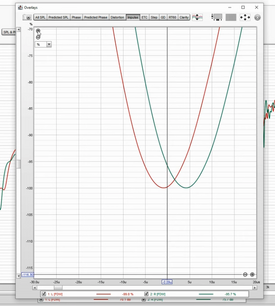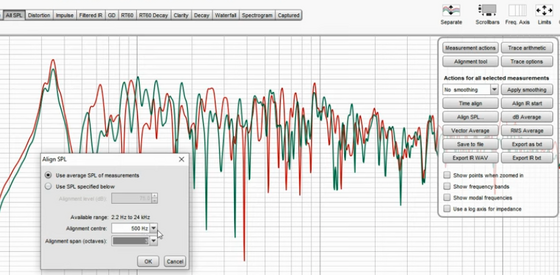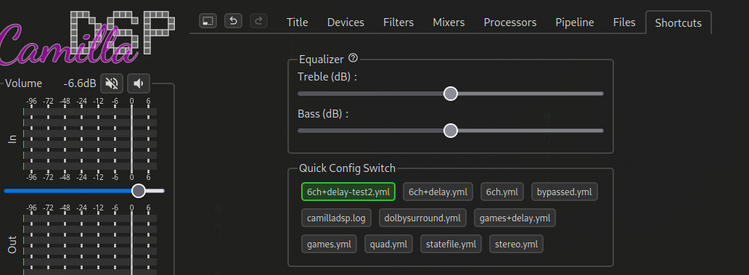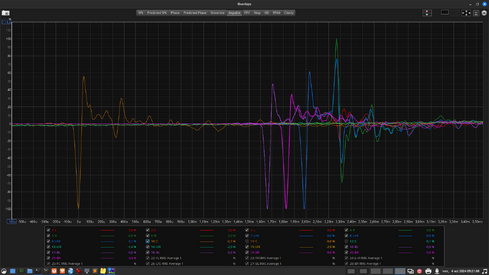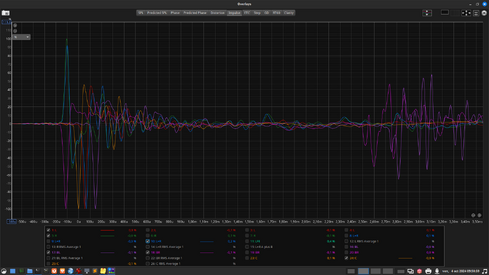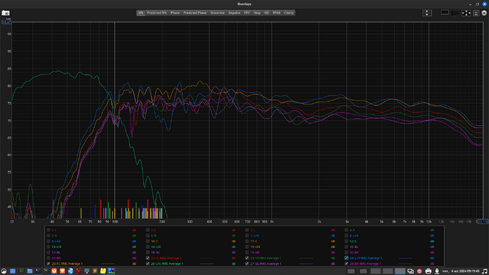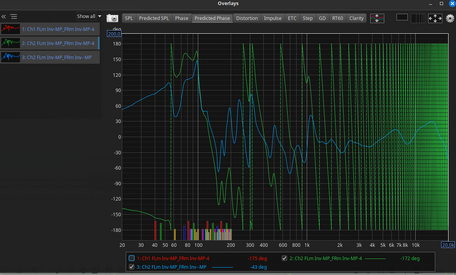moedra
Member
- Joined
- Mar 1, 2021
- Posts
- 141
All we are trying to do is correct for the signal while ignoring reflections, which is why we need the smoothed response to be used instead of the raw data. Since the raw data contains the reflections, we would be over-correcting if we do the calculations with it. Hence the need to bake the smoothing into the measurements. We are just trying to not over-correct, so we can get better results by smoothing the highs more than the lows. Focusing more resolution on the low end is better, because the reflections there show up in a different form and are dealt with differently.Hi,
I can see 1/6 is less detailed but why is it desirable? Less latency? Smaller files? Why 300 Hz? Is the difference audible? I lack the theory concerning smoothing.
No need to explain everything, just point me in the right direction, unless the explanation is very basic.
In my mind 1/12 represents 1 note of the musical scale resolution, 1/6 would represent 2. I might be wrong but intuitively that's what I underdand.
I already have those books:
Sound Reproduction The Acoustics and Psychoacoustics of Loudspeakers and Rooms Floyd Toole
Master Handbook of Acoustics
THE ACOUSTICS AND PSYCHOACOUSTICS OF LOUDSPEAKERS AND ROOMS – THE STEREO PAST AND THE MULTICHANNEL FUTURE
View attachment 73415
300Hz in this case was just an example. You should put the crossover (blend) frequency wherever your room's transition zone is, so that more resolution can be used to deal with the low end, where the crests in the waves are further apart. It seems backwards, but doing it this way almost always sound better. Var smoothing is following the same principle, but it's a little too smooth in the top for me. 1/12 nails the low end for me, and I like 1/6 up top. 1/6 is more in line with how our ears hear everything without being too vague. It's really a matter of what sounds best to you.
Last edited:








